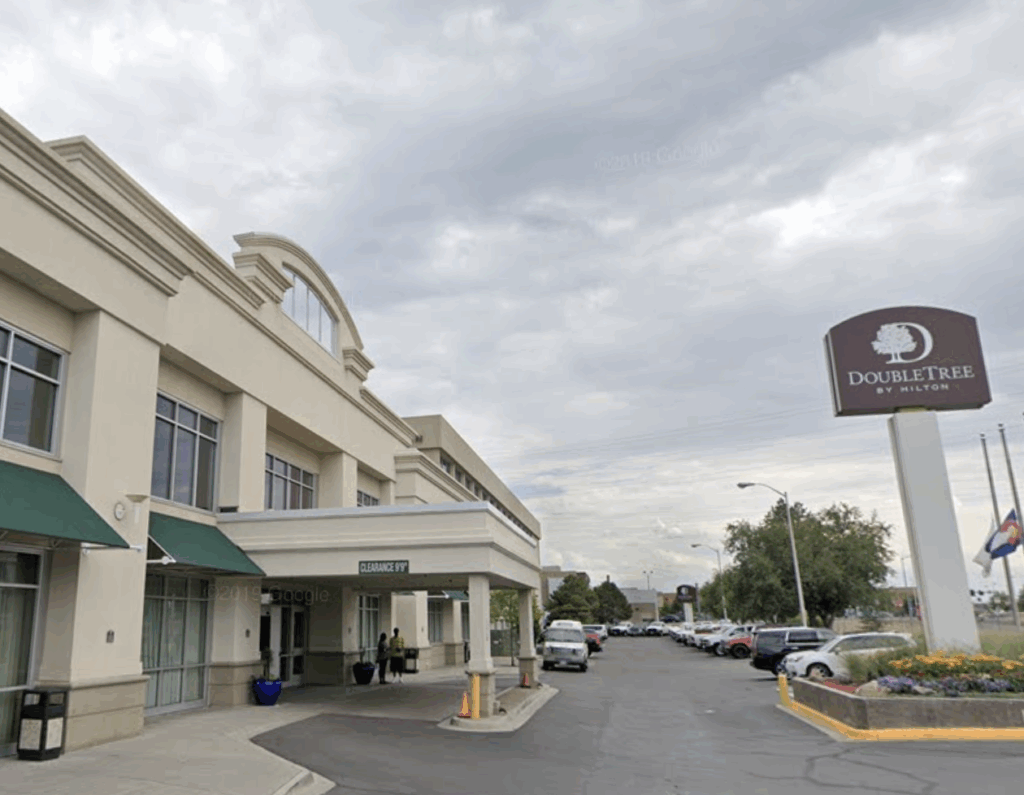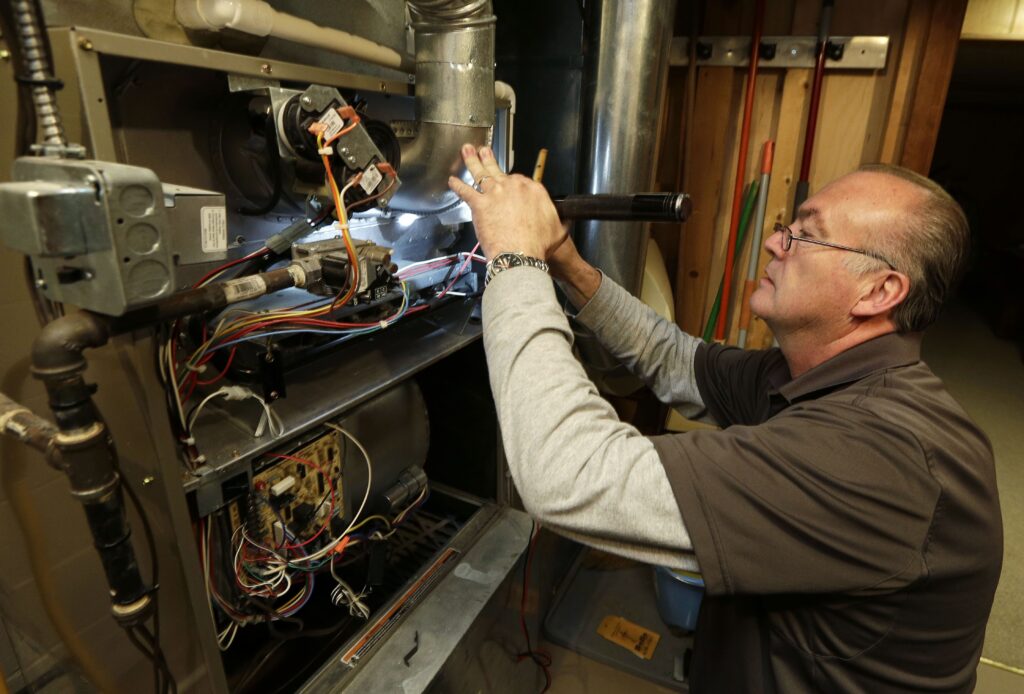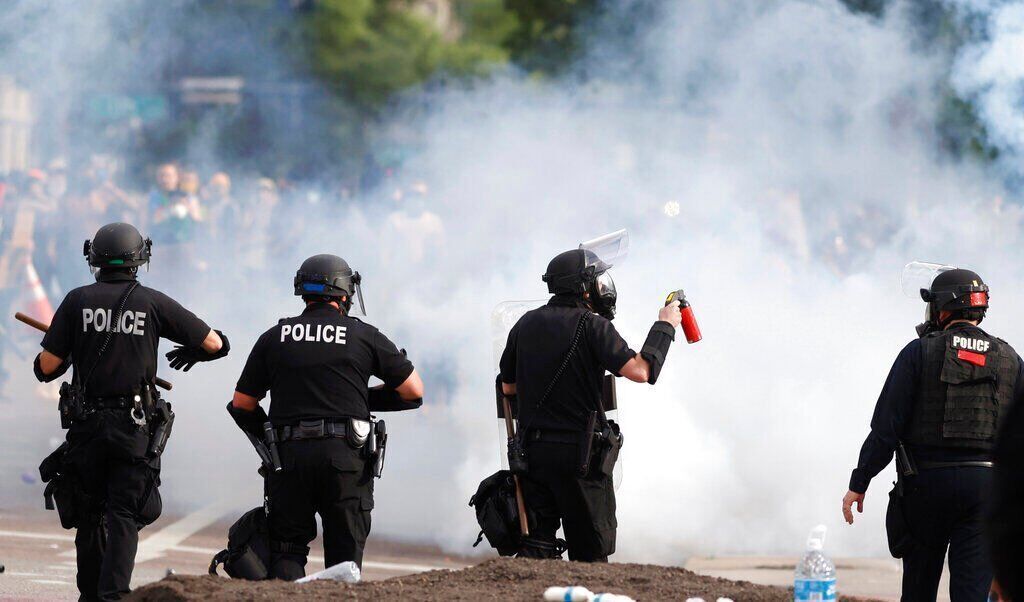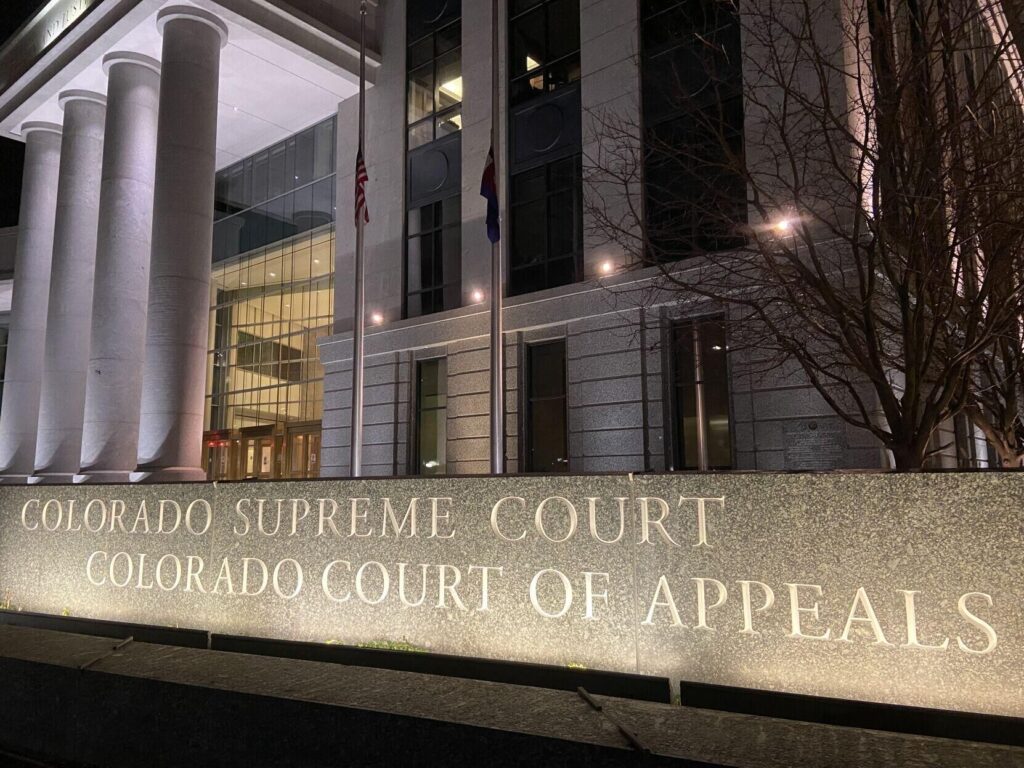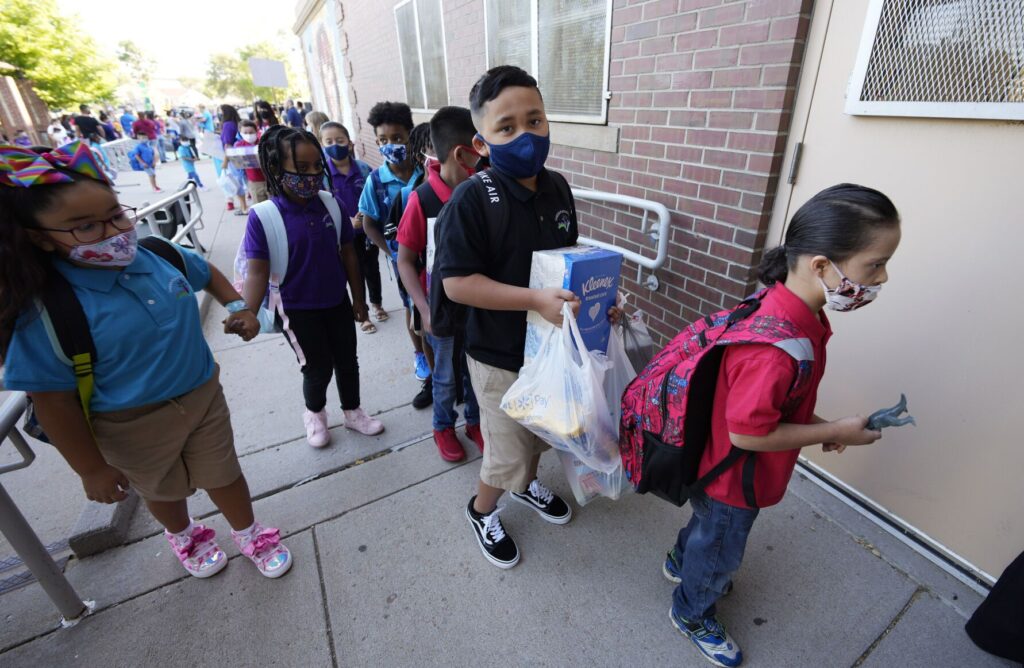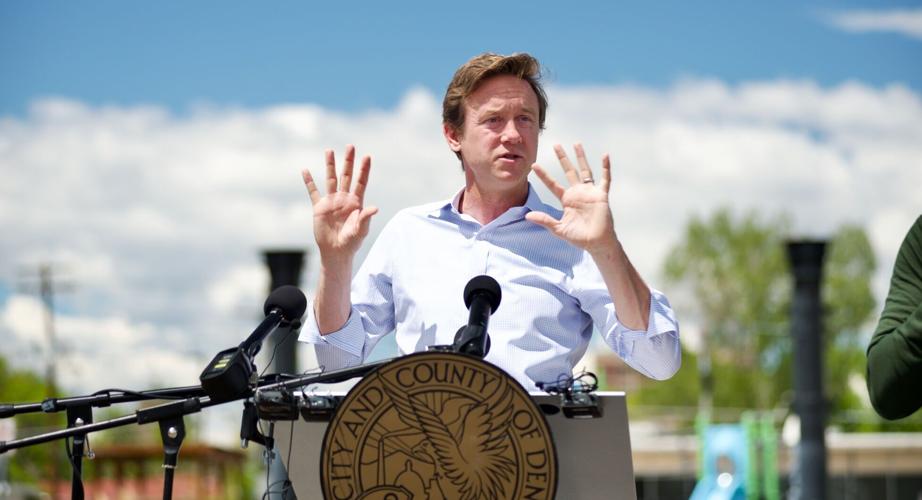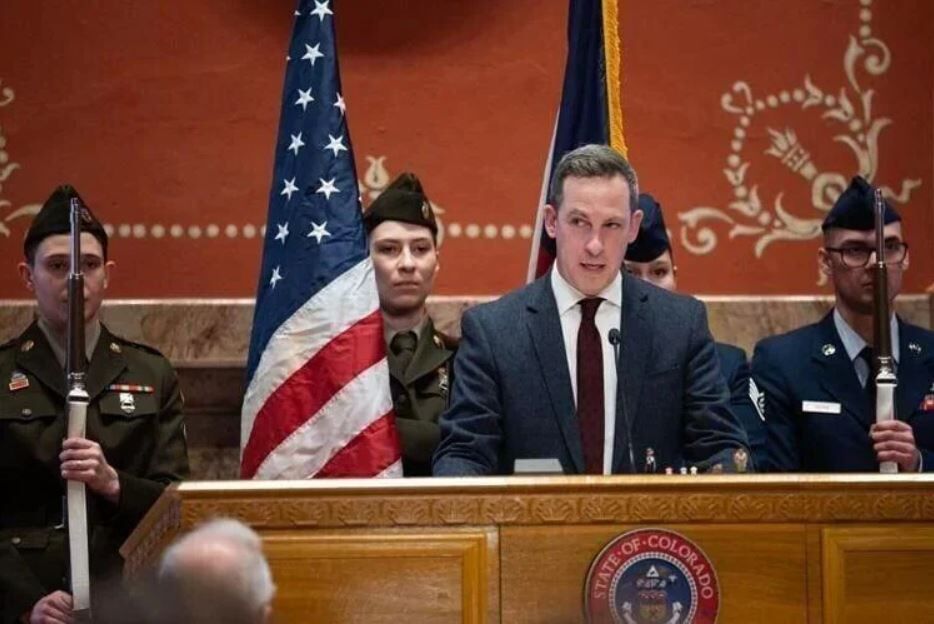Denver aims to redraw council districts with 65,000 residents each
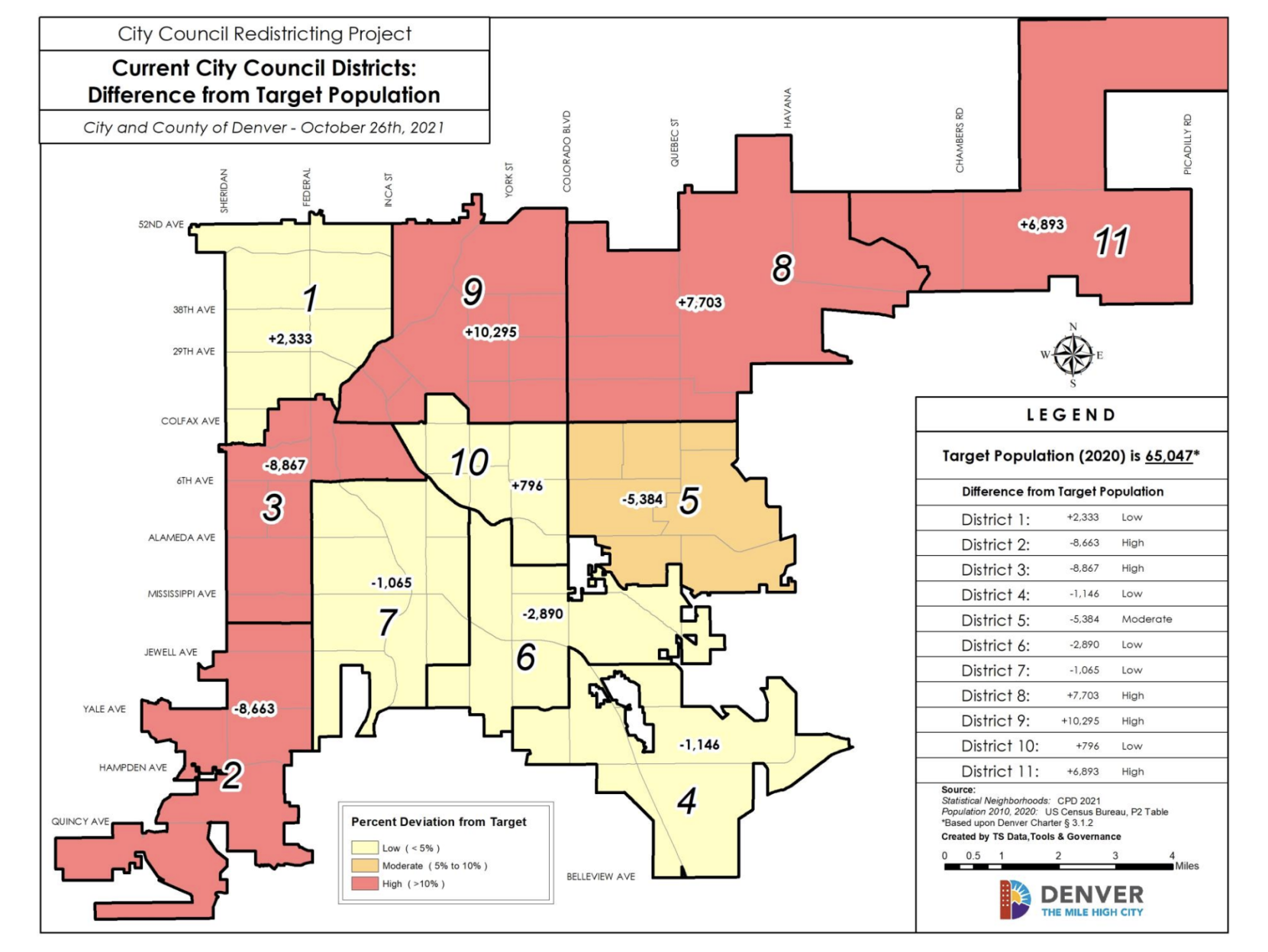
The Denver redistricting commission said Tuesday the city’s new council districts should contain approximately 65,000 residents each after the release of 2020 Census data.
This number is an even 11-way split of the more than 715,000 people living in Denver. It is also the largest average district population in Denver’s history. Since 1950, Denver council districts have ranged from 42,000 residents to 55,000 each, according to city data.
Several districts are already far above the 65,000-population goal, with District 9 having more than 75,000 residents, District 8 having nearly 73,000 and District 11 having nearly 72,000, data shows. In contrast, Districts 2 and 3 have just over 56,000 residents each.
Those districts can expect significant changes to their borders during redistricting. City redistricting happens every 10 years to make the city’s 11 districts even in population.
Denver council OKs $1.2 million settlement for teen who was beaten by police
However, Councilwoman Jamie Torres, who represents District 3, expressed doubt about her district’s official population size.
“Before we had gotten the 2020 data, I saw some data from American Community Survey that had District 3 population at about 63,000,” Torres said Tuesday. “Having a district that is heavily immigrant, I do worry about how that response rate reflects my district versus other parts of the city.”
Data Administrator Doug Genzer said the inconsistency could be a result of low response rates for the Census or that the American Community Survey data is a moving five-year average of data, not an actual count.
Councilwoman Amanda Sawyer also raised concerns about the reliability of the data because of a recent change made by the Census Bureau to change data at the block level to enhance the privacy of respondents.
“I get that we’re doing our best, of course, and not everyone responds to the census, but I don’t understand how introducing statistical noise does not ruin the entire data set,” Sawyer said.
Denver council advances 2022 city budget proposal amid community criticism
Genzer said the minimum degree of accuracy from the new block data is 600 people so it shouldn’t cause too many issues, but he also said he was “rather unhappy” when he learned about the change.
The census data showed that Districts 8, 9 and 11 had the largest population increases, each gaining between 19,000 and 21,000 residents from 2010 to 2020. Districts 2 and 3 gained between 900 and 1,700 residents each.
District 1, 4, 5, 6, 7 and 10 gained between 6,000 and 13,000 residents, putting their populations between 700 and 6,000 people away from the city’s 65,000 goal.
Denver’s largest council district population was in the 1960s when there were 54,876 residents in each of the nine districts, according to city data. After that, the city added two more council districts, bringing the total to the current 11.
Over the summer, the City Council briefly considered adding two new council members to bring the total to 15 or converting the two at-large seats to district seats. The former proposal never made it out of committee and the latter failed in a 7-6 council vote in August.
Denver city employees to receive $400 COVID vaccine bonus, hazard pay
Denver’s 2022 redistricting process began in March with the formation of the redistricting working group. The City Council will begin proposing and debating specific district boundaries in January after the Clerk and Recorder completes its reprecincting.
In August, the city began collecting maps of communities of interest drawn by Denver residents. So far, the city has received 122 maps from community members, the redistricting commission said.
“Every resident has a different idea of what their community looks like, where the boundaries lie,” said Steve Geisbert with the commission. “It’s a unique challenge to parse out common spaces of interest and it’d be even more challenging to try to respect them all individually.”
Some of the feedback has included the desire to keep together the Latinx populations in West Denver, East Colfax and Montbello, the African-American population in Northeast Park Hill and the Jewish population in Washington Virginia Vale.



